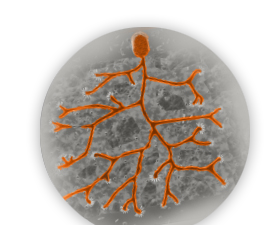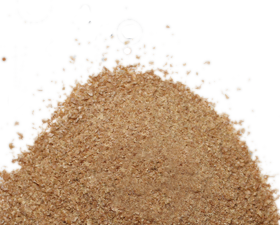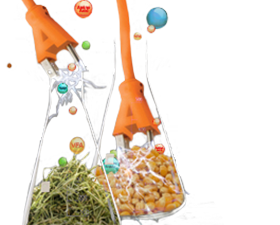Amaferm® R&D Timeline
Amaferm is research-proven with over 111+ published and/or presented research studies proving its increase in digestibility and ultimately its impact on the animal. For more information on the research summarized below, click on the button below to request access to the BioZyme® Research Center.
1990-2011
31 published research studies from multiple Universities demonstrate that feeding Amaferm results in an average increase of fiber nutrient digestibility of 17% and protein nutrient digestibility of 10% as result of its proven ability to support the proliferation of bacteria, fungi and naturally occurring microbial enzymes present in the rumen.
Sources
Beharka and Nagaraja, 1993, Campos et al., 1990, Chen et al., 2004, Chiou et al., 2000, Gomez et al., 1990, 1991, Nocek and Jensen, 2009, 2011, Varel et al., 1993, Westvig et al., 1991.
2003
A first of its kind prebiotic, named Amaferm achieves EU zootechnical registration as a digestibility enhancer. This gold standard requires the product to pass evaluation by EFSA (European Food Safety Authority) ensuring demonstration of consistent quality, confirmed safety to animals, users, consumers and the environment, and satisfactory demonstration of improved performance in at least three efficacy studies carried out according to stringent EFSA requirements certified by an independent study director.
Source
EU Level 4 Zootechnical Feed Additive Registration Number: 4a2 According to Dr. Elinor McCartney, President, Pen & Tec Consulting Group, the high standards required to achieve an EU approval translates to a competitive advantage for users.
2004
Published research from Washington State University scientists shows that Amaferm causes a distinct enzymatic response in ruminant microbes. This response is characterized by an increase in the production of enzymes, including amylase, cellulase and beta-glucosidase, that is not associated with the enzymes present in the Amaferm ferment itself.
Source
Schmidt, J. A., et al. 2004. Appl. Microbiol Biotechnol. 63:422-430.









